The Holy Grail of Birding Documented by our Colombian Based Production Company
Learn More About How Our WhereNext Colombia Team Can Help You Produce Your Next Natural History Documentary
WhereNext is the first film production company to film a natural history documentary in remote Mitú, Colombia.
Mitú is the Holy Grail of Amazon birding in Colombia. A mixture of jungle habitats home to some of the rarest and most range-restricted species in the country, Mitú is the most inaccessible of Colombia’s 32 departmental capitals. It’s also the location for WhereNext’s The Birders documentary, a project conceived alongside ProColombia and Sancho BBDO to position Colombia as the world’s #1 birding destination.
Of the five birding documentaries WhereNext produced for ProColombia, Mitú was perhaps the most ambitious. Producing a film in the Amazon can be tricky at the best of times, but Mitú’s combination of isolation, basic infrastructure, and limited local birding tourism resources makes it another challenge entirely. That’s not to suggest that birding there isn’t a wonderful experience, it’s just that it’s undeniably a demanding one.
Miguel Portura, a Tucano native and bird guide, overlooking the jungles of Vaupés from the peak of Cerro Guacamaya
The Maloca (an ancestral long house used by Indigenous people of the Amazon) of the Urania community near Mitú
I have been lucky enough to spend nearly two weeks birding in Mitú over the course of two trips to Vaupés department. I first visited in late December of 2017, and then returned for the ENO (‘Encuentro Nacional de Observadores de Aves’ or ‘National Birder’s Meeting’) in November 2018. Over the course of those 14-or-so days I racked up a fairly impressive list of some 230 species, including the majority of my target species for the region. I’ve been trying to convince myself that I should plan a third trip to spot the near-mythical Bar-bellied Woodcreeper.
Speaking from this experience, I can attest to how complicated birding can be in the jungles surrounding Mitú. For one thing, many of the target species are from the family known as ‘antbirds’ – most members of this large family are skulking birds which stay low to the ground, inhabit dense forest, and shy away from open spaces and light. If you could design a bird which was chronically averse to being watched – let alone filmed – then it would probably resemble an antbird.
When I first watched The Birders set in Mitú I was impressed by the footage our team had managed to capture of such elusive species as the White-plumed Antbird, Black Bushbird, White-fronted Nunbird, and Spotted Puffbird. During my combined 14 days of intense birding around Mitú I never managed so much as a glimpse of any of those species. In fact, I never even heard three of them (the White-plumed Antbird sang once, briefly, during my second visit and then never again). During the video, the protagonist Morgan Heim describes the antbird as her “nemesis” – I’m not sure I’ve ever related more to a line in a film.
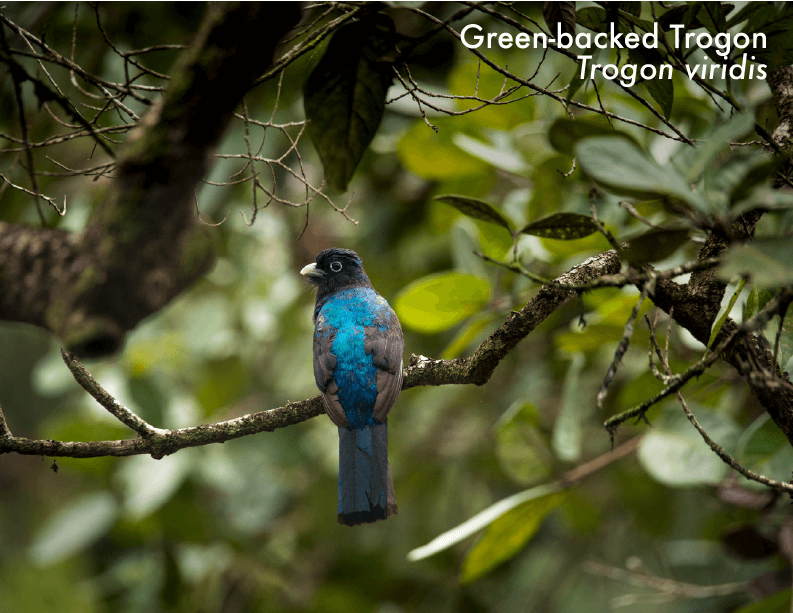
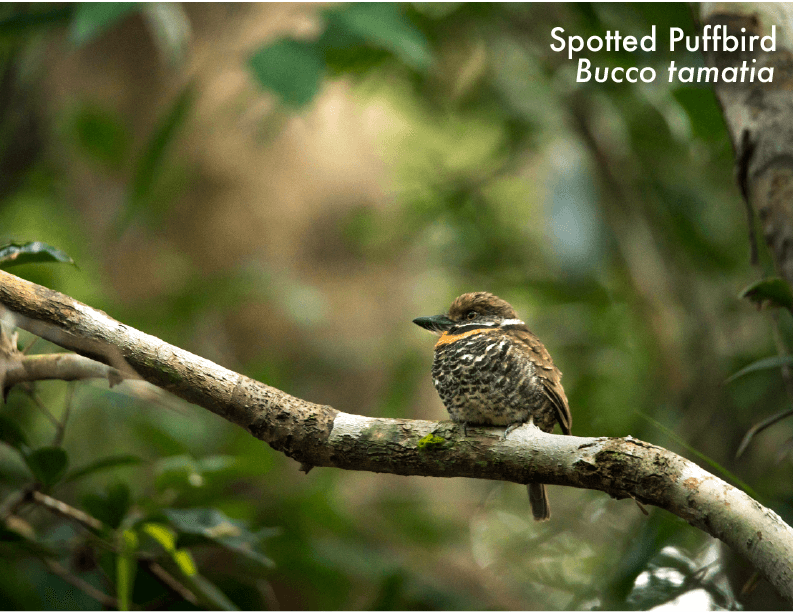
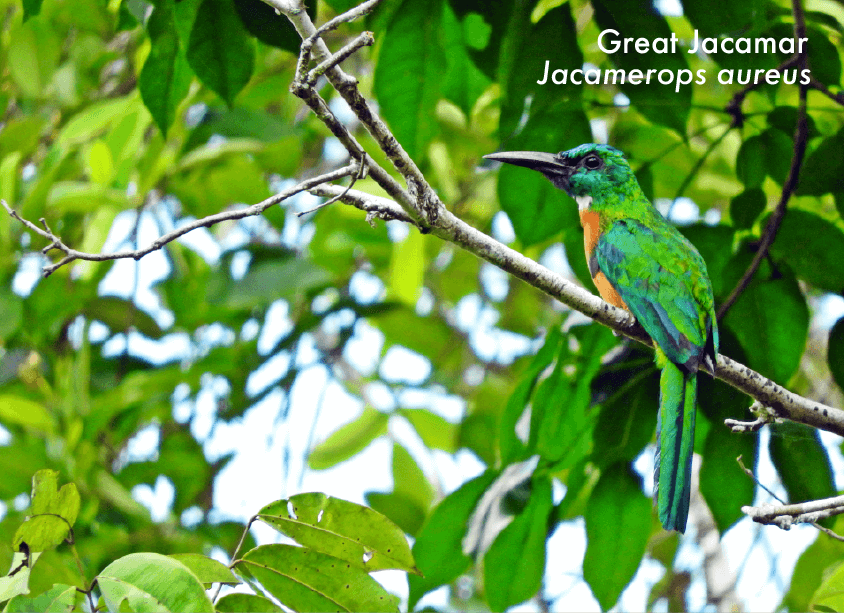

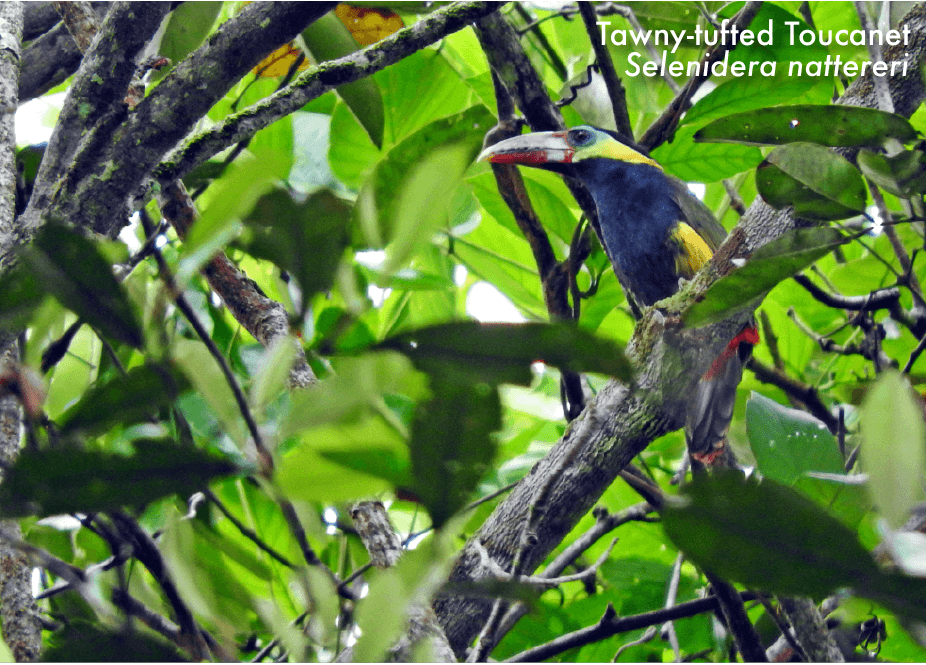
Read More About Filming Locations in Colombia: 2019's Most Amazing Natural History Sites
As a birder, I can’t overemphasize how tricky some of these species are to even see, let alone capture on video. People often underestimate quite how mentally taxing it can be to sit for hours waiting for a species to appear. To be alert enough to snap back into action after hours of inactivity and get the shot you need is quite a skill, especially in the heat of the jungle, surrounded by mosquitoes. After a few hours of birding in those conditions during my last trip, my brain was a bit muddled and I didn’t even have to film anything.
When I first sat down with Julian Manrique to talk about the shoot (WhereNext’s Head of Video and one of the cameramen during The Birders’ shoot), and it became apparent that they had filmed the chapter over the course of just three days. I had assumed – perhaps naively overestimating the budgets involved in projects such as these – that they had spent at least a week shooting in Mitú.
Julian described the many difficulties facing the WhereNext team while shooting in Mitú, from the low light in the jungle to the daily rainstorms which constantly threatened to damage expensive equipment (which would of course have been irreplaceable during the shoot). He also had some choice words for the antbirds: “Those things are an absolute bugger to try and film: I spent hours trying to get the right shot and I only managed to get the footage we needed during the last hour of the day. There’s a lot of pressure, because we only had three days and if we don’t get the shots we need there’s basically no film.”
A local fisherman on the Vaupés River with an Indigenous Maloca in the background: this photo was taken from Mitú
The streets of Mitú: a local woman passes a mural of an Indigenous man doing battle with a giant anaconda. Snakes are an important part of local Indigenous cosmology and there are several murals and statues featuring snakes around Mitú
Birding in Mitú is also physically demanding. I was exhausted at the end of each day of hiking along muddy jungle trails in the searing heat of the Amazon. I can’t even imagine how tough it must have been to do those same trips while lugging around heavy video equipment. Morgan called it “the most physical trip [she’d] been on in Colombia.” Julian backed that up: “The conditions were a nightmare at times. Morgan almost fell in a river at one point. It might have been funny if it wasn’t for the crazy expensive gear.”
Another complication in Mitú is that most of the birding trails are located on Indigenous reservations and permission is required to use the trails. With the right contacts it is easy enough to secure the permissions needed: luckily for WhereNext, we had those contacts. But simply turning up in Mitú, hoping to watch or films birds, would not be an option. I remember being turned back from the entrance to a community just outside Mitú when I naively arrived on the afternoon of my flight, hoping to squeeze in an extra few hours of birding (quite rightly: I needed prior permission and didn’t have it, and everyone involved was perfectly friendly and reasonable).
Read our: Destination Guide to Filming in Colombia: The Amazon
The jungles of Mitú are full of giant rocks, remnants of the ancient Guiana Shield, which offer stunning panoramic views of the rainforest and are an important home for the Guianan Cock-of-the-Rock
As a self-confessed bird-nerd I was naturally over-the-moon to watch The Birders for the first time. It so vividly captured exactly what I felt and experienced during my birding sojourns throughout Colombia. I could send a link to all those people who think I’m weird for taking off every weekend and heading out into the countryside in search of birds: “See, it is cool!”
Each chapter of the documentary has its charms, but it was the Mitú video which most impressed me as a Colombia birder: observing birds there is tough enough, without throwing filming into the mix. Julian put it far more succinctly: “Of all the places we visited in Colombia to film The Birders, Mitú was easily the most difficult. It was one of the toughest shoots I have ever worked on.”













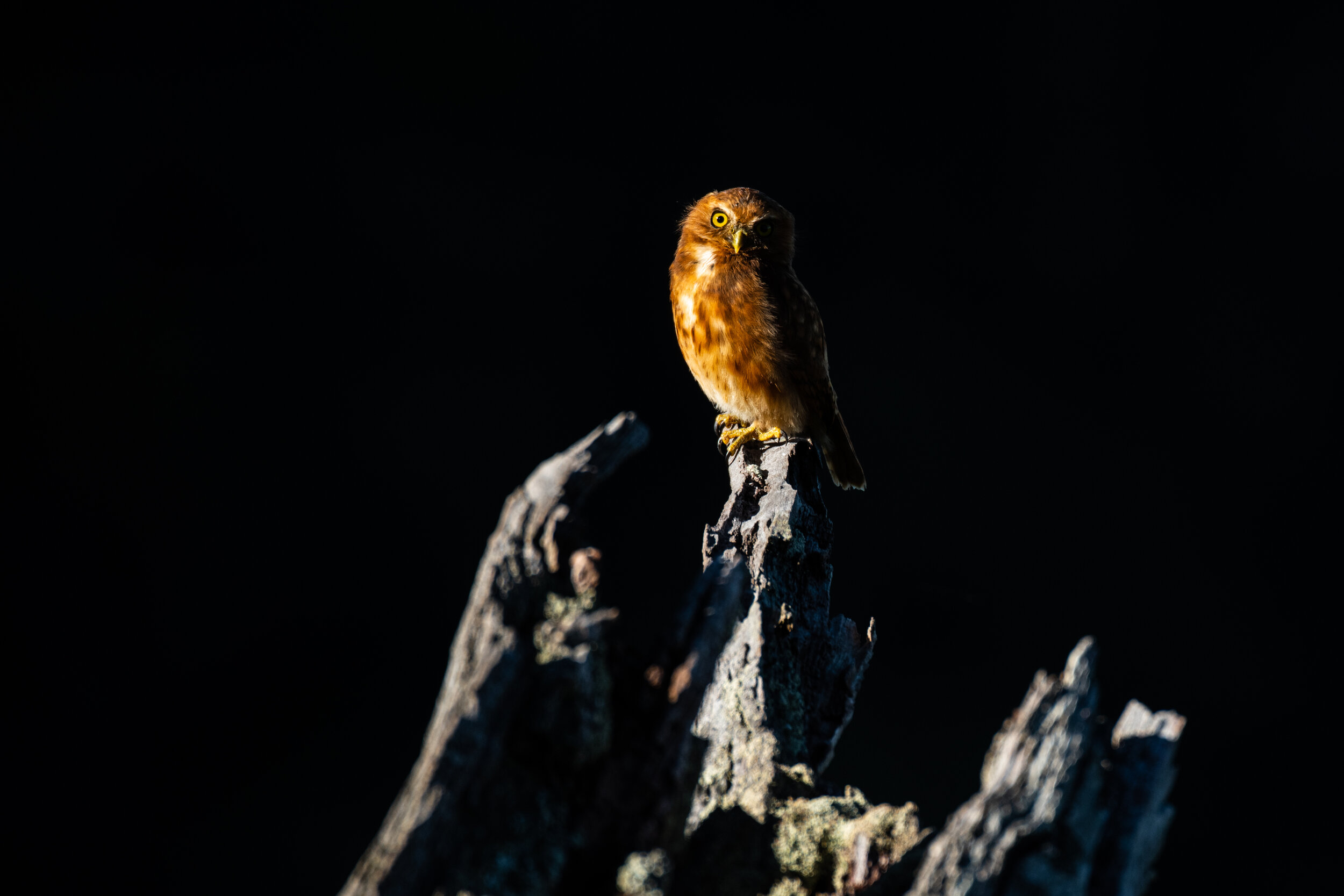


We’re delighted to launch The Birders Show, WhereNext’s original YouTube series dedicated to the world of birds and birding. The Birders Show is for everyone that loves bird watching, nature, travel, and adventure.